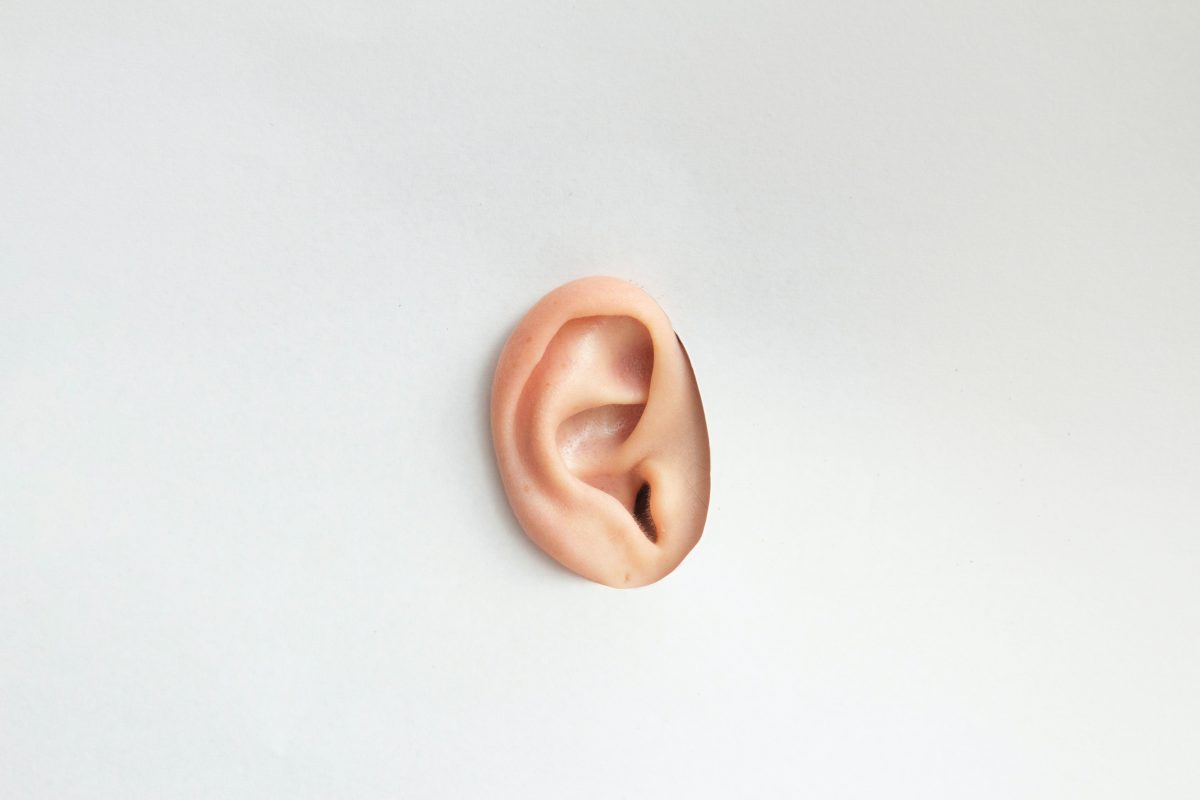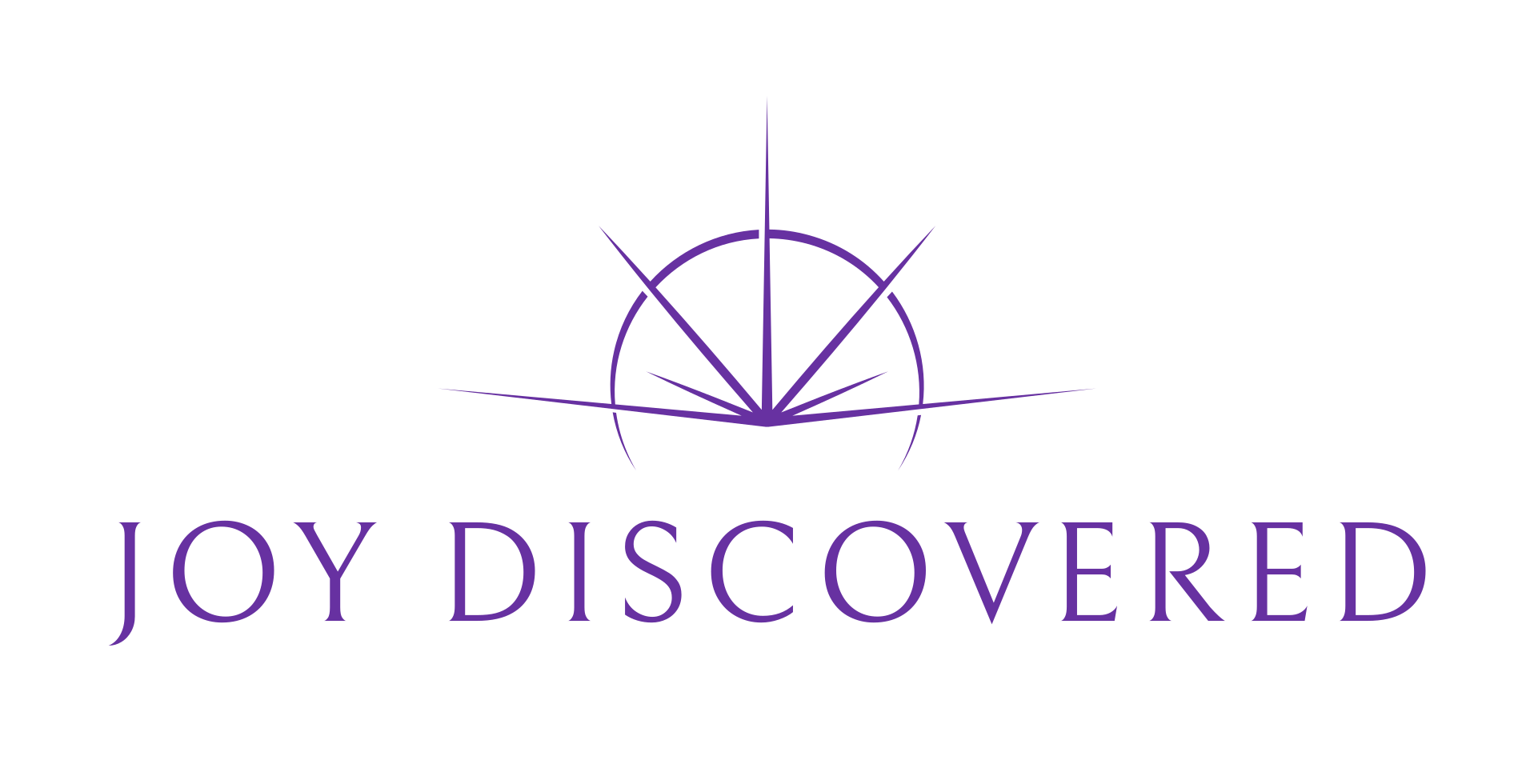An Important Refresher On A Skill We Can ALL Improve On: Mindful Listening

I learned what a poor listener I was in 2009 in the middle of a yoga teacher training. I realized that most of the time when I thought I was listening, I wasn’t actually listening to the person in front of me. Instead, I was crafting my response in my head, thinking about how to make myself sound good, or telling myself how right I was and how wrong they were. Not to mention the insecurities crowding my brain space, demanding, “Make it quick. You don’t need to burden anyone with your point of view.”
I was quite embarrassed by this realization, especially since I had studied listening in my communication and psychology courses in college. Over the years, I’ve found my clients share a similar realization with me and recognize that improving their listening is a huge opportunity for their personal and professional relationships.
In mindful listening we put the goal of connection over any other needs. Mindful listening benefits the person talking because they feel heard and validated in a world where focused attention is stolen away by dings, notifications, and always-on devices.
Mindful listening also benefits us as the listener, because if we don’t truly understand what the other person is trying to communicate – explicitly or not – then we can’t support them, identify a solution if applicable, or understand what motivates others that are important to us (like our partner, children, or teammates).
With mindful listening, we must NOT offer advice or try to fix the other person or solve the problem.
Wait, did you just say I can’t offer advice or try to solve the problem??
Yes, that’s what I said! Our goal with mindful listening is not to fix the situation, it’s to connect. People don’t always need or – especially in the case of our children – want us to try to fix everything. And with our teammates or children, when we rush to solve the problem for them, it diminishes their resourcefulness and encourages them to depend on us, rather than empower the use their own experience and skills to figure it out.
There is a time for advice and solution brainstorming, but it is NOT at the point of mindful listening, because, remember, if we don’t first practice mindful listening, we won’t truly understand what solution we are looking for or the problem we are solving.
So many of us are quick to jump in and try to fix because we are uneasy with other people’s discomfort (since it triggers our own related discomfort). We need to learn to sit in the space of that discomfort to allow the other person to be heard and validated, rather than making it about our own insecurities.
“When you talk, you are only repeating what you already know; but when you listen, you may learn something new.” ~Dalai Lama
Let’s now look at what TO do to practice mindful listening with the intent of connection:
- Give your full attention to the speaker. Shut off the TV. Put down your phone. Move to another location if something in your surroundings is distracting you. If you can’t give the person your full attention, tell them, and then determine a better time or place to have the conversation.
- Set aside prejudices, preconceived conclusions, and judgments. Listen with openness and curiosity. Don’t assume you understand. Be interested, ask questions, then listen.
- Be willing to be influenced. Would you rather be right or would you rather be happy? If you aren’t willing to be influenced, you aren’t willing to grow or enhance the relationship.
- Do not wait for a pause or opening to inject your point. Instead, allow the other person to express themselves fully so they can come to their own conclusions and so you can fully understand.
- Do not craft your rebuttal or response while they are speaking. If you do this, you will miss part of what they are trying to communicate. Instead, hear all they have to say. THEN your response will be so much more impactful.
- Listen to more than what is being spoken. Experts say that 70 to 93 percent of communication is nonverbal. What is their posture, facial expressions, and breath saying? What does their tone and pace convey to you? What feelings or emotions do you sense coming up in them? (After they are done speaking, be sure to ask them if your interpretation is accurate, to ensure you are not just projecting your own feelings or experience onto them.)
- Do NOT interrupt. Do NOT cut them off. Do NOT jump to conclusions. Let them finish.
- Make sure you are not listening from your limiting beliefs, wounded child, or what I call your Hurt Armor. Instead, listen from your conscious self.
Now, I want you to try an experiment, because mindful listening is a skill. And all skills take practice to integrate into your way of being.
With the next person that talks to you, I want you to practice mindful listening. No matter what they are talking to you about, pause and be present for them. (We call this “holding space” in the yoga and coaching industry.) Let them talk and talk and talk without any, “No way!” or interrupting their story or telling them your point of view.
Stay there and be in mindful listening, without planning your response, without adding fuel to their drama, without making it about you. Stay and listen to them to the point that it gets awkward for you, to the point there is a prolonged silence where you are yearning to fill the raw, present space.
Go to the extreme for this experiment. By feeling one side of the listening extreme, it will be easier for you to find a healthy middle ground between the opposite extreme of unconscious listening that most of us practice out of (bad) habit.
During your experiment, you may find the person you are listening to will like say something like, “So what do you think?” Or they’ll just move on with their day. You might even get a, “Thanks so much for your help. I have a clear idea of how to move forward now!”
Yep, even though you didn’t say a word to them, by practicing mindful listening and giving them space to be heard and process through their own feelings and intuition, they’ll likely identify the solution they need on their own!
Give this a try and let me know how it goes for you.
Lots of love, your coach,
Sara
P.S. Want to develop your self-mastery skills so you can achieve high performance and feel-good balance in both your work and family life? Then subscribe to my weekly newsletter HERE for quick, simple tips to grow in your leadership (and human!) abilities.

What's your greatest take-away from this blog? Any questions?